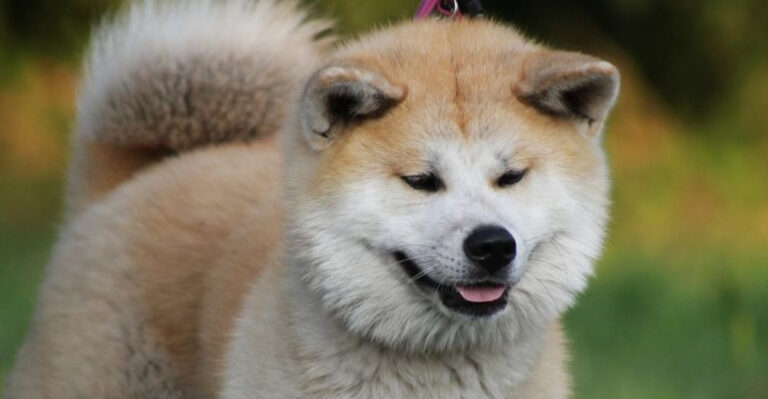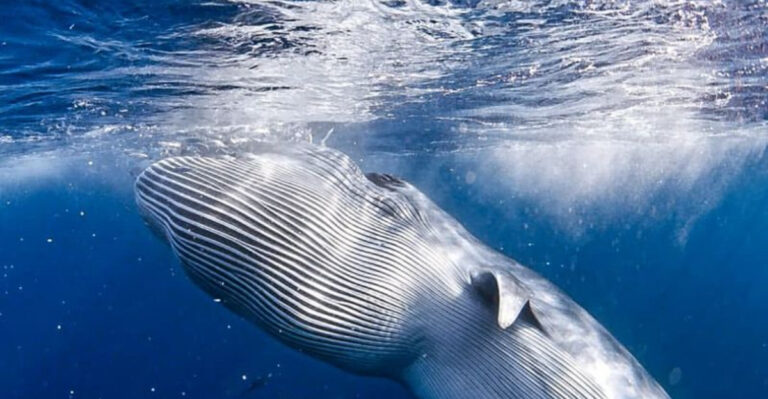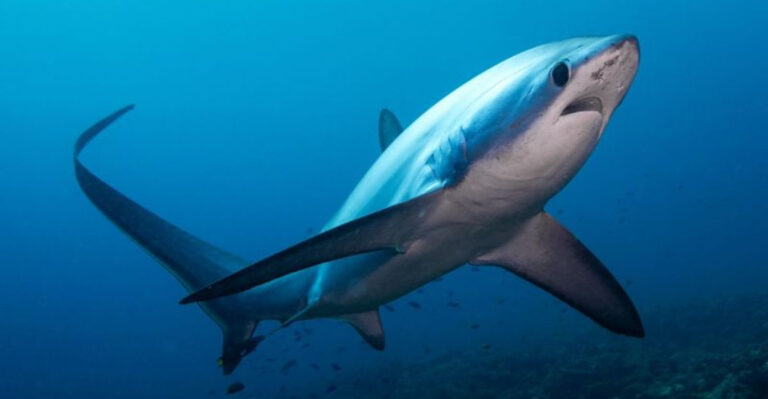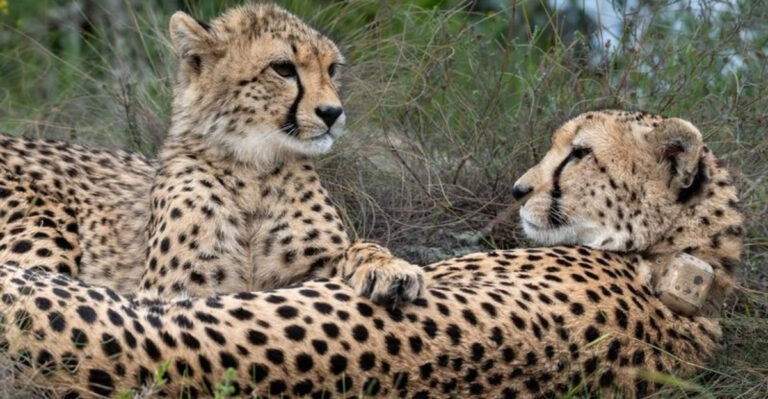15 Lesser-Known Animals Going Extinct We Can’t Ignore
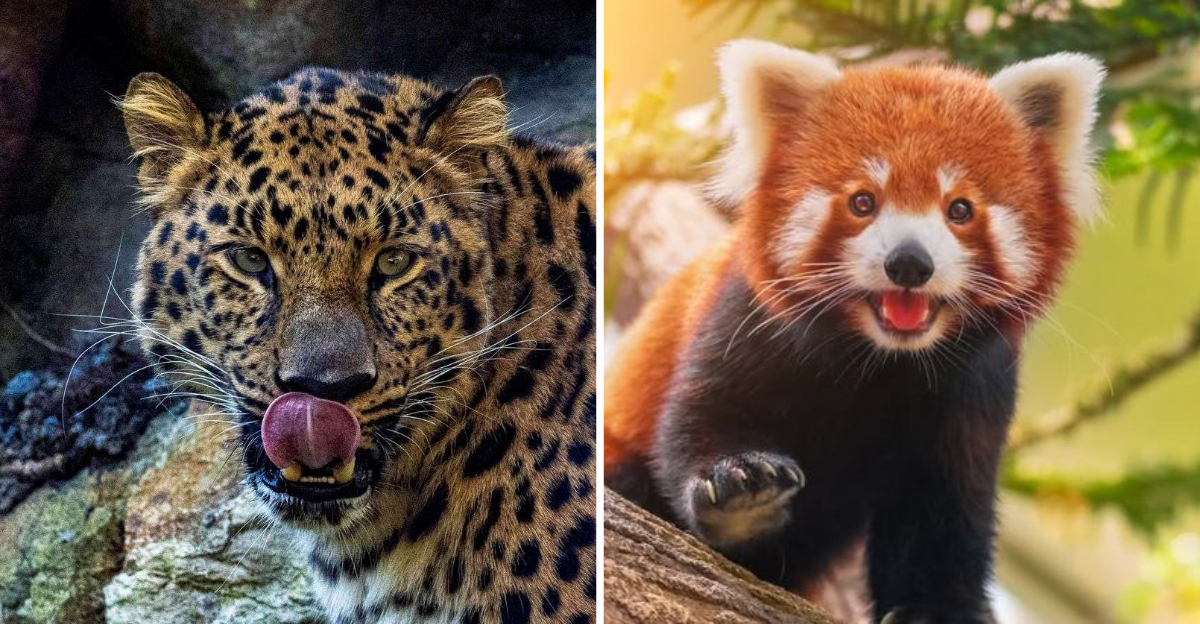
In a world where the majestic rhino and the enchanting panda often steal the spotlight in conservation efforts, there exist numerous lesser-known animals teetering on the brink of extinction.
These unique creatures, each with their own distinct features and intriguing habits, play vital roles in their ecosystems. Despite their obscurity, they are no less deserving of our attention and protection.
By exploring this hidden world of endangered species, we can better appreciate the incredible diversity of life and the urgent need for conservation.
1. Vaquita
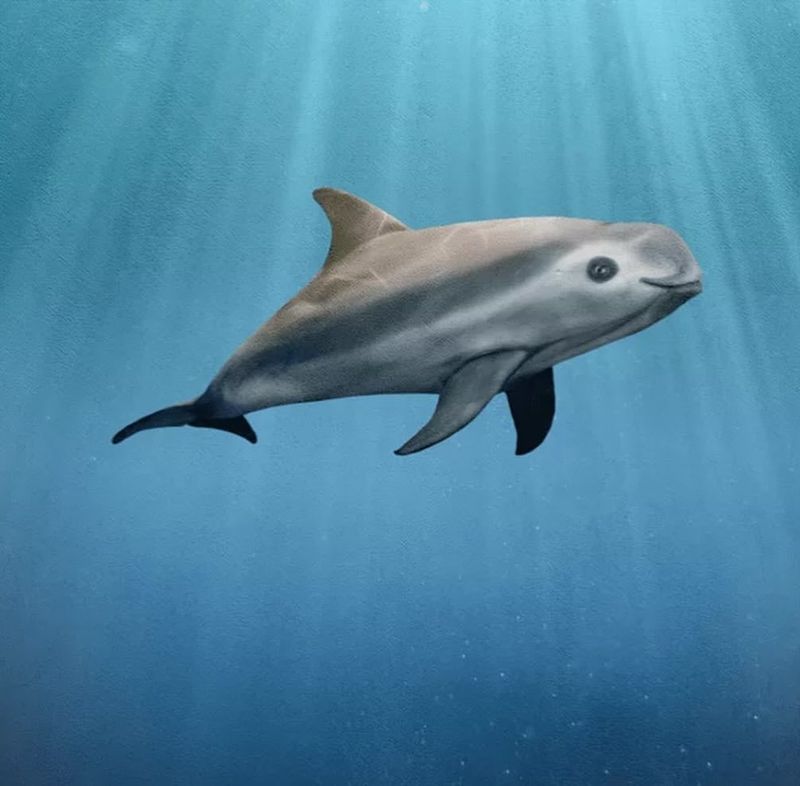
The vaquita, often dubbed the “panda of the sea,” is a small porpoise native to the northern part of the Gulf of California. Despite its adorable moniker, the vaquita faces a grim fate, with fewer than 10 individuals believed to be left in the wild.
With striking black rings around its eyes and lips, the vaquita is as visually captivating as it is elusive. Sadly, the vaquita’s days seem numbered due to illegal fishing practices. They often become entangled in gillnets meant for another endangered species, the totoaba fish.
Conservationists are working tirelessly to remove these deadly nets and raise awareness. By supporting sustainable seafood choices and advocating for stronger marine protection laws, we might just give the vaquita a fighting chance.
Who knew that saving a porpoise could be such a profound act of compassion? Let’s make waves for the vaquita!
2. Axolotl
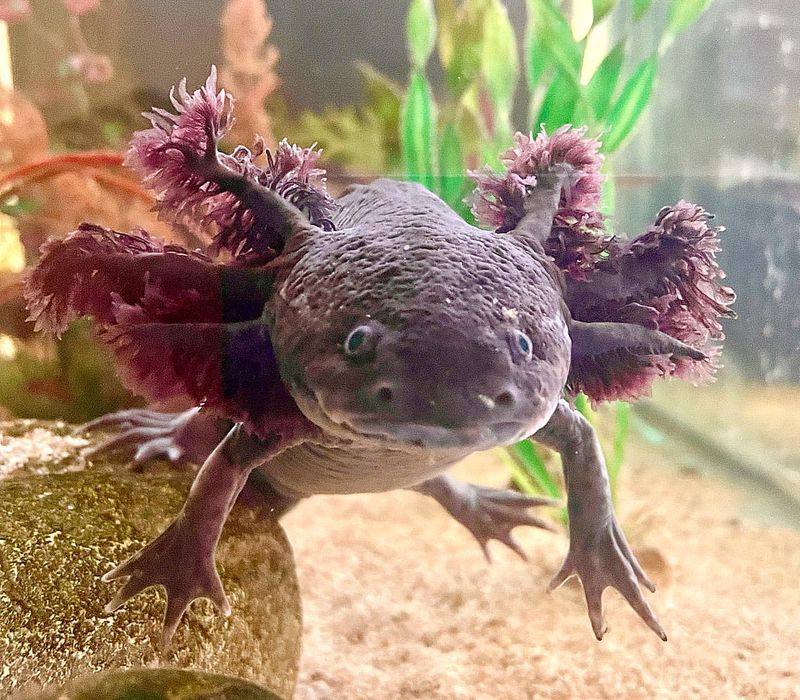
Meet the extraordinary axolotl, a creature straight out of a fantasy novel, known for its unique ability to regenerate lost body parts. Found in the lakes of Xochimilco, Mexico, these aquatic salamanders are sometimes called “Mexican walking fish.”
However, walking is not their strong suit as they prefer to glide gracefully underwater. With a permanent smile and feathery gills, the axolotl is as charming as it is mysterious. Unfortunately, pollution, habitat loss, and the introduction of invasive species have drastically reduced their numbers.
Scientists are studying axolotls for their regenerative abilities, hoping to unlock secrets that could benefit human medicine. You can help by supporting conservation efforts and spreading the word about this extraordinary amphibian.
So, let’s not leave the axolotl out on a limb – it’s time to lend a helping hand, or in their case, a helping fin!
3. Kakapo
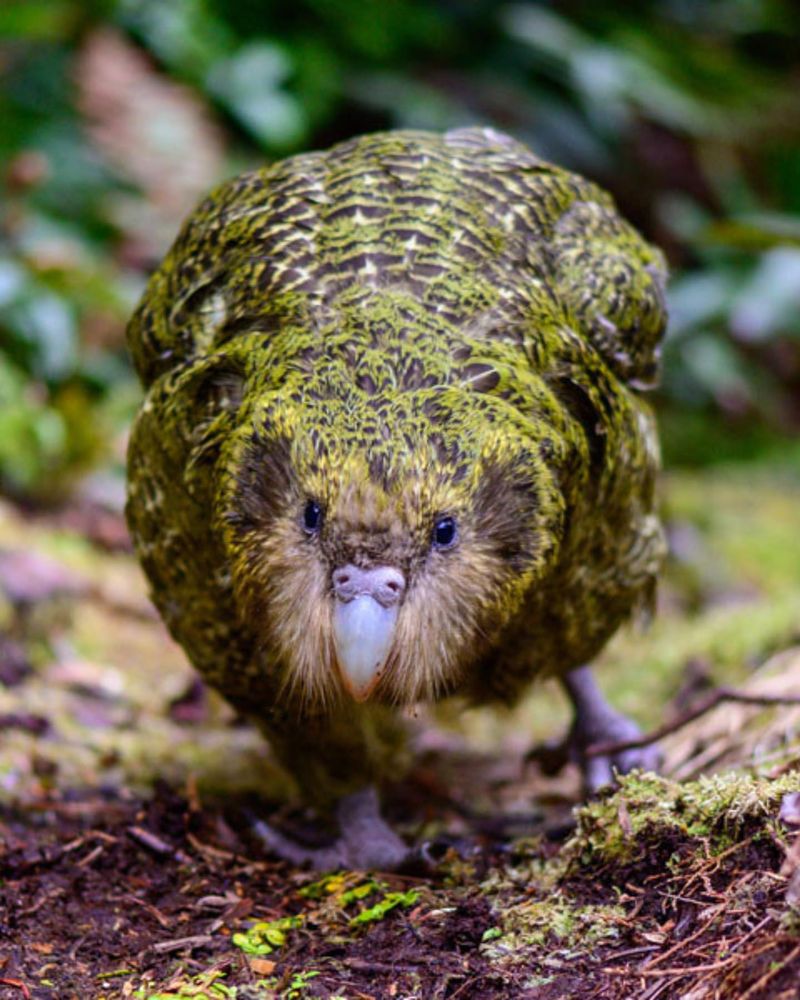
The kakapo, a nocturnal parrot from New Zealand, is known for its owl-like face and inability to fly. This charming bird, also known as the “owl parrot,” has a distinct, musky-sweet odor that adds to its quirky personality.
Once thriving in its native habitat, the kakapo’s population plummeted due to introduced predators like rats and cats. With intensive conservation efforts, including a “dating service” to help them breed, the kakapo’s numbers are slowly increasing.
Currently, there are about 200 individuals, each with a name as unique as their personality. Supporting New Zealand’s conservation efforts and sharing the kakapo’s story can help ensure these delightful birds continue to thrive.
So, let’s give a hoot about the kakapo and help them soar to new heights, even if it’s just metaphorically!
4. Saola
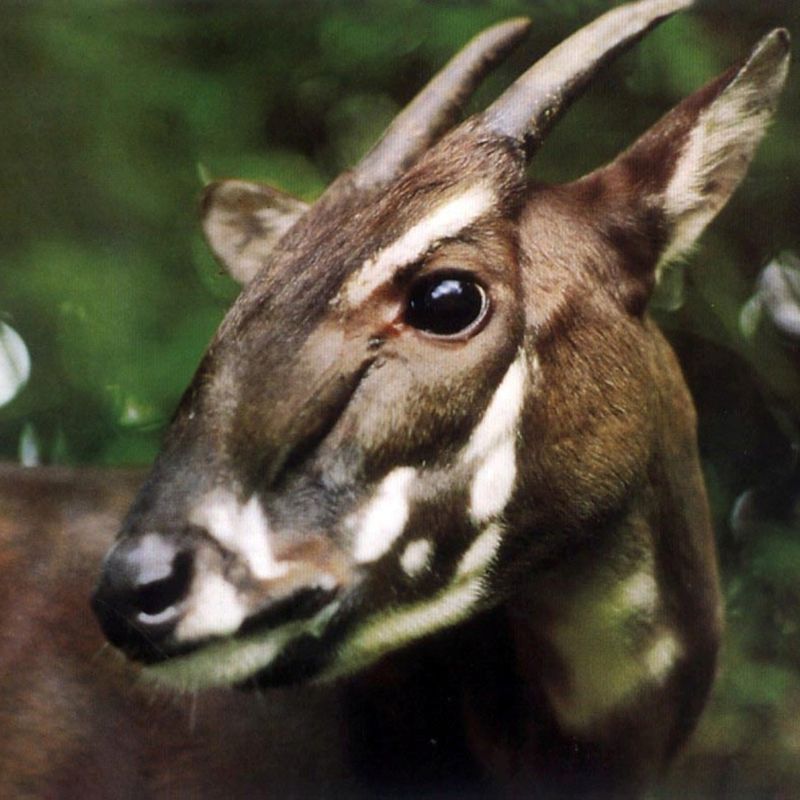
In the misty forests of Vietnam, the elusive saola, often called the “Asian unicorn,” roams silently. With long, straight horns and striking facial markings, this mysterious creature is one of the most endangered mammals on the planet.
Discovered only in 1992, the saola remains largely a mystery to scientists, with fewer than 100 individuals thought to exist in the wild. Threatened by habitat loss and poaching, the saola has become a symbol for wildlife conservation in Southeast Asia.
By supporting anti-poaching initiatives and habitat preservation, we might just uncover more secrets about this enigmatic animal. Let’s keep the legend of the Asian unicorn alive and ensure this mythical marvel doesn’t vanish into the mist!
5. Pangolin
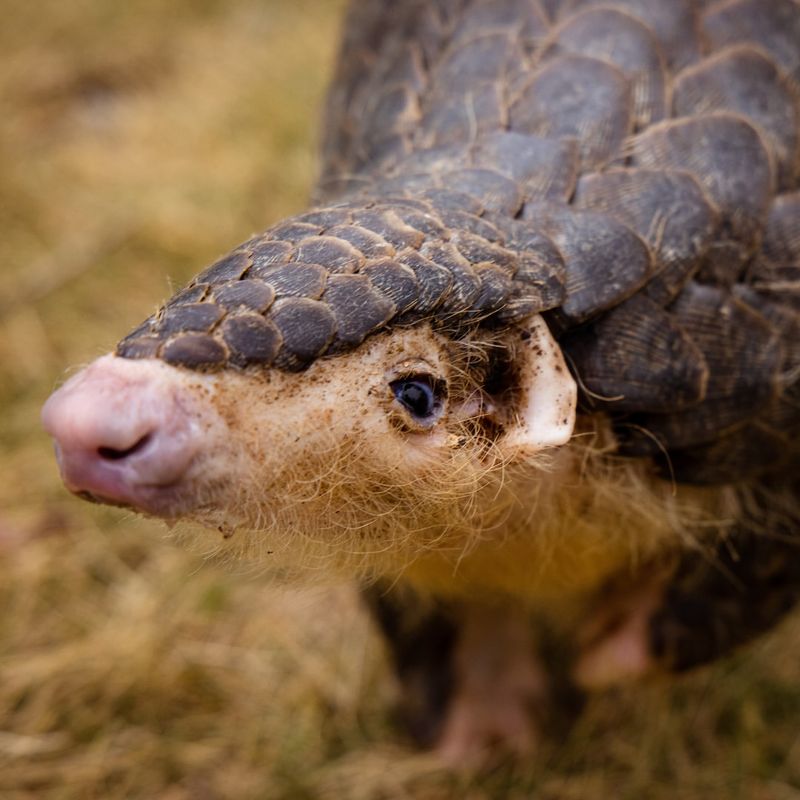
The pangolin, often referred to as the “scaly anteater,” is a peculiar creature covered in protective keratin scales. Despite its armored appearance, the pangolin is one of the most trafficked animals in the world, driven by demand for its scales and meat.
Found in various parts of Asia and Africa, these solitary mammals face grave threats from poaching and habitat loss. Their unique method of curling up into a ball when threatened sadly offers little protection against human predators.
Supporting organizations that combat wildlife trafficking and promote pangolin conservation can help turn the tide for these intriguing creatures. Let’s help the pangolin unroll its future and continue its journey on this planet!
6. Gharial
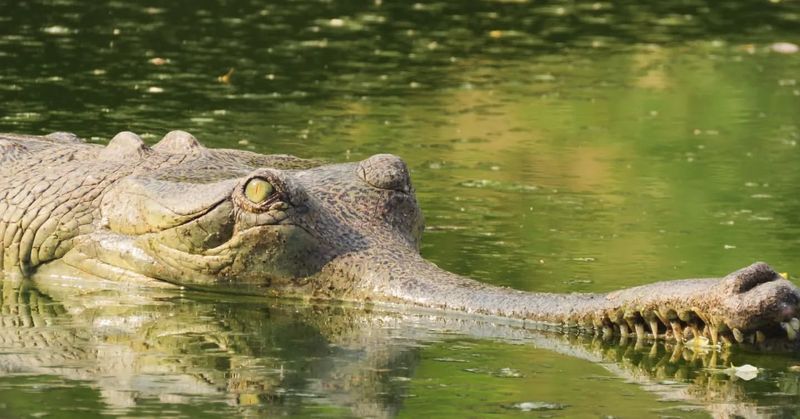
The gharial, with its long, thin snout and unique appearance, is often mistaken for a crocodile’s quirky cousin. This critically endangered reptile is native to the river systems of India and Nepal. With only around 650 adults left in the wild, the gharial is on the brink of extinction.
Pollution, dam construction, and illegal sand mining are the main culprits behind its dwindling numbers. Gharials play a crucial role in maintaining healthy river ecosystems, but their distinct habitat requirements make conservation efforts challenging.
By supporting river conservation initiatives and advocating for sustainable practices, we can help preserve the gharial’s habitat. Let’s not let these “fish-eating machines” become a thing of the past!
7. Red Panda
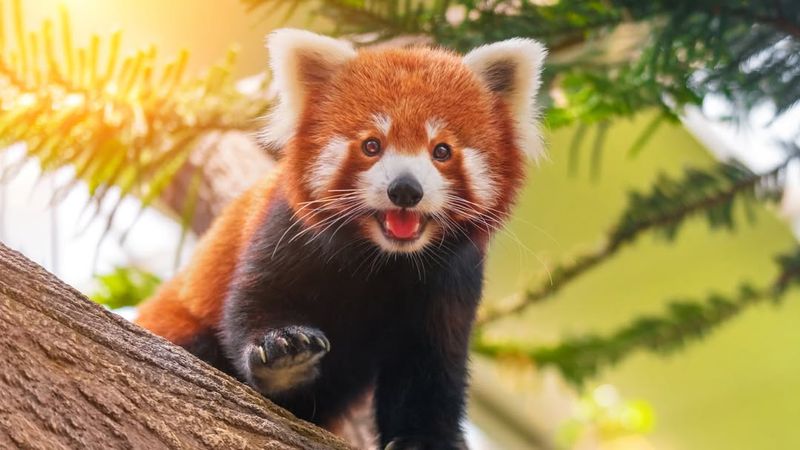
The red panda, with its bushy tail and striking red fur, is often overshadowed by its distant giant panda cousin. Found in the mountainous regions of Nepal, India, Bhutan, and China, these adorable creatures are classified as endangered, with fewer than 10,000 individuals remaining.
Illegal pet trade, habitat loss, and climate change are significant threats to their survival. Red pandas are excellent climbers, spending most of their time in trees, munching on bamboo and occasionally indulging in fruits and insects.
Conservation efforts, including habitat preservation and anti-poaching initiatives, are essential to ensuring red pandas continue to thrive. Let’s branch out our efforts and ensure these adorable creatures continue to thrive in their natural habitats!
8. Tapanuli Orangutan
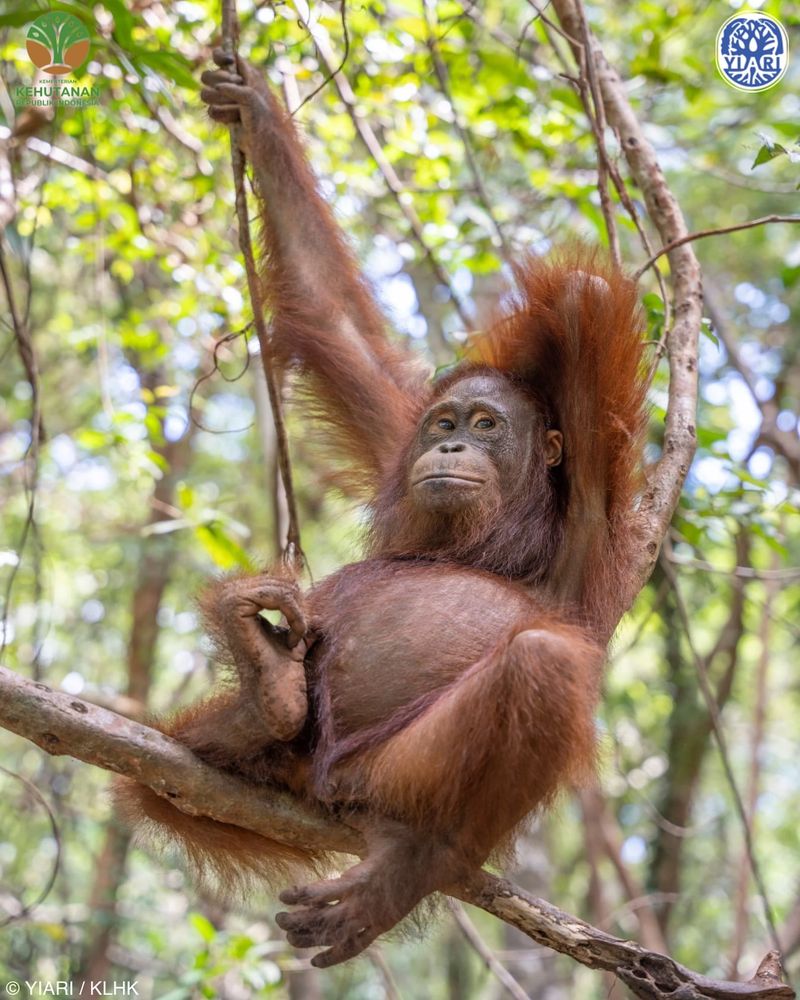
Deep in the rainforests of Sumatra, the Tapanuli orangutan, the rarest great ape, makes its home. Discovered as a distinct species in 2017, fewer than 800 individuals remain. Habitat destruction due to deforestation and illegal logging threatens their survival.
With their rich orange fur and expressive eyes, Tapanuli orangutans are captivating creatures that play a vital role in their ecosystem. They help maintain forest diversity by dispersing seeds as they move through the trees.
Protecting their habitat and supporting sustainable forestry practices can aid in their conservation. Let’s hang in there for the Tapanuli orangutan, ensuring they have a future swinging through the treetops!
9. Amur Leopard
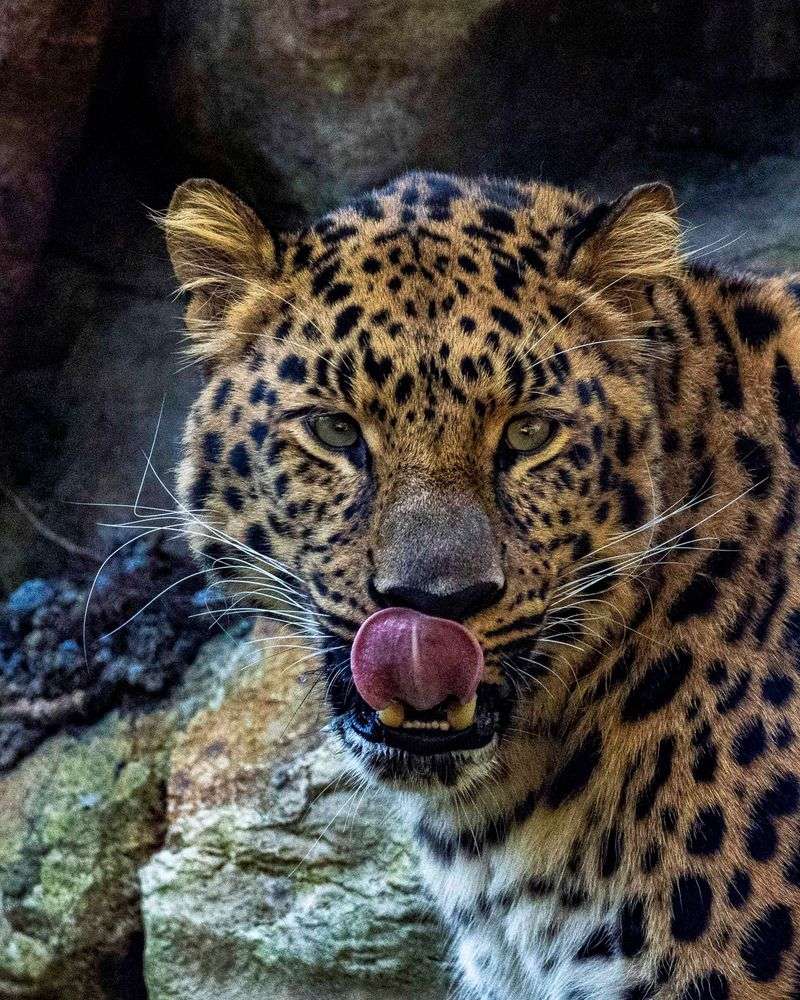
The Amur leopard, with its luxurious, thick coat and striking spots, prowls the snowy forests of the Russian Far East. As one of the rarest big cats in the world, only about 100 individuals are left in the wild. Habitat loss, poaching, and prey depletion are major threats to their existence.
These large cats are solitary creatures, requiring vast territories to thrive. Conservation efforts focus on protecting their habitat and preventing illegal hunting. By supporting wildlife conservation programs and raising awareness, we can help ensure the Amur leopard continues to roam the forests.
Let’s not let this majestic feline fade into the frosty wilderness!
10. Hainan Gibbon
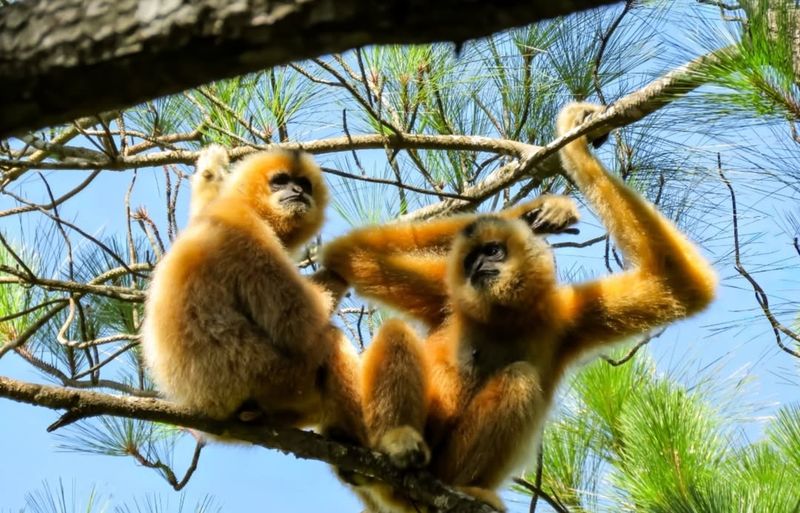
Swinging through the trees with finesse, the Hainan gibbon is the world’s rarest primate. Found only on China’s Hainan Island, their population has dwindled to fewer than 30 individuals. Habitat destruction due to agricultural expansion and logging is the primary threat to their survival.
Despite their critically low numbers, conservation efforts have shown promise, with a slight increase in their population in recent years. Preserving their habitat and supporting reforestation projects are crucial for their recovery.
11. Philippine Eagle
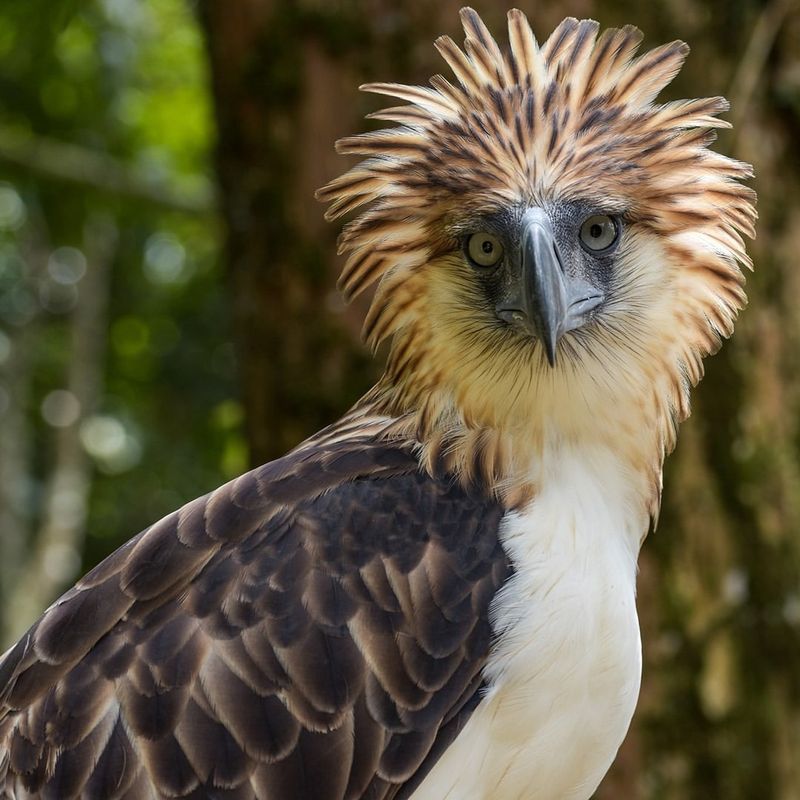
The Philippine eagle, also known as the “monkey-eating eagle,” is a national symbol of the Philippines. With its striking blue eyes and impressive wingspan, this bird of prey is critically endangered, with only around 400 individuals remaining in the wild.
Deforestation and hunting are significant threats to their survival. These apex predators play a crucial role in maintaining the balance of their ecosystem, but their slow reproductive rate makes recovery challenging.
Supporting conservation programs and advocating for stricter logging regulations can help protect the Philippine eagle. Let’s soar to new heights to ensure the future of this majestic bird!
12. Yangtze Finless Porpoise

The Yangtze finless porpoise, with its playful demeanor and charismatic smile, is often called the “smiling angel” of the Yangtze River. Unfortunately, this delightful aquatic mammal is critically endangered, with fewer than 1,000 individuals left.
Pollution, overfishing, and ship traffic pose significant threats to their survival. Conservationists are working to create protected areas and breeding programs to boost their numbers.
By supporting river conservation efforts and reducing pollution, we can help ensure the Yangtze finless porpoise continues to bring joy to the murky waters. Let’s keep the smile on this angel’s face!
13. Honduran Emerald
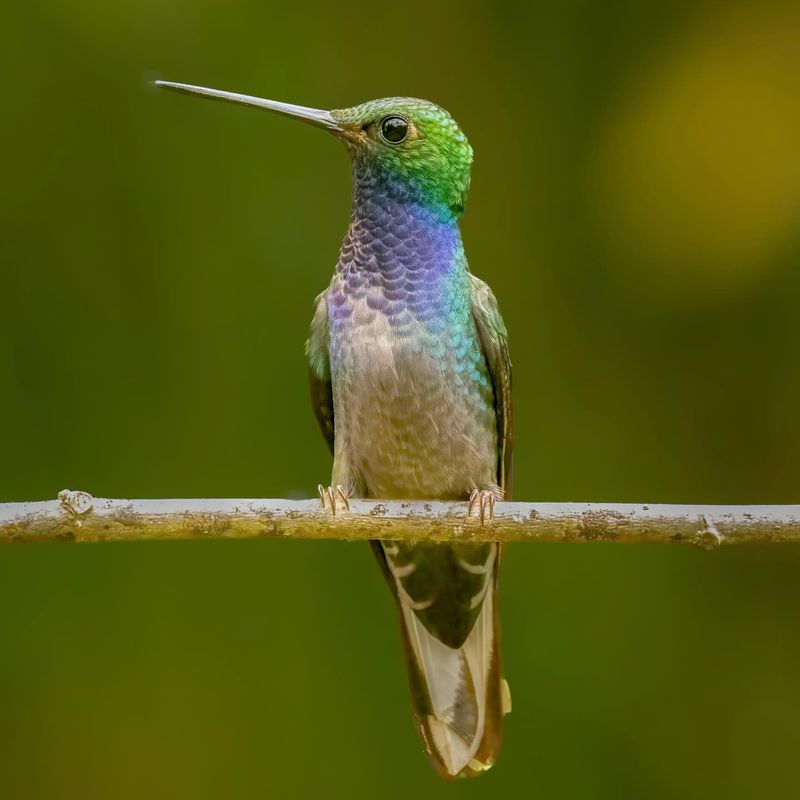
The Honduran emerald, a tiny hummingbird with dazzling green plumage, flits through the dry forests of Honduras. As the country’s only endemic bird species, it faces severe threats from habitat loss due to agriculture and logging.
Despite its small size, the Honduran emerald plays a significant role in pollination, contributing to the biodiversity of its habitat. Conservation efforts focus on habitat restoration and protection to prevent its extinction.
Supporting local conservation initiatives and sustainable land-use practices can help ensure the Honduran emerald continues to grace the skies. Let’s keep the buzz going for this vibrant little gem!
14. Spoon-Billed Sandpiper
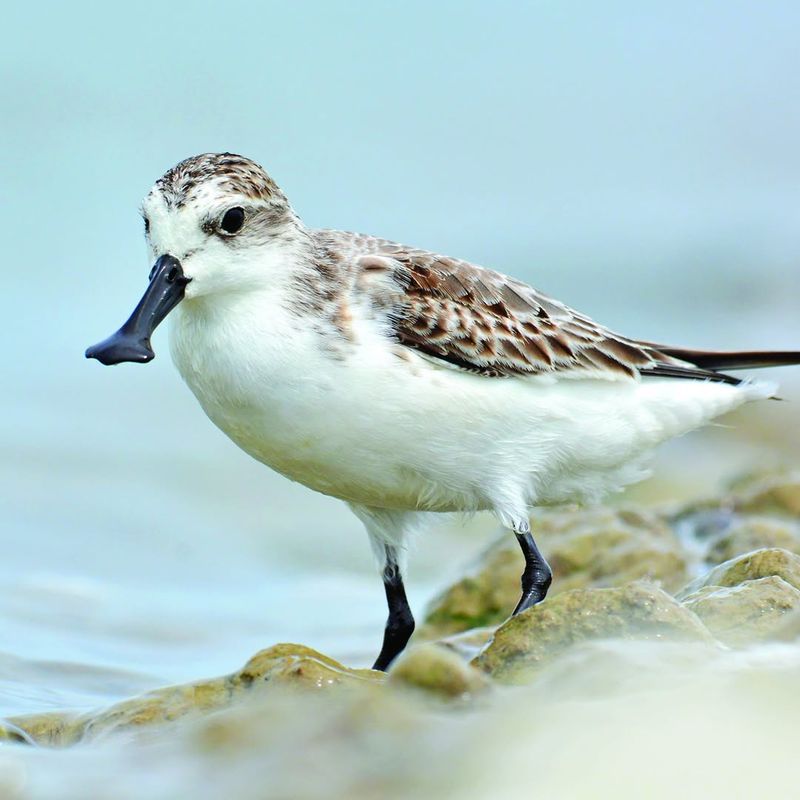
The spoon-billed sandpiper, with its unmistakable spoon-shaped bill, is a tiny bird with a big conservation challenge. Found along the coasts of Asia, its population has plummeted due to habitat loss and climate change.
These migratory birds undertake an arduous journey each year, but breeding success is low, posing a significant threat to their survival. Conservation efforts focus on protecting breeding grounds and international cooperation to safeguard migratory routes.
15. Okapi
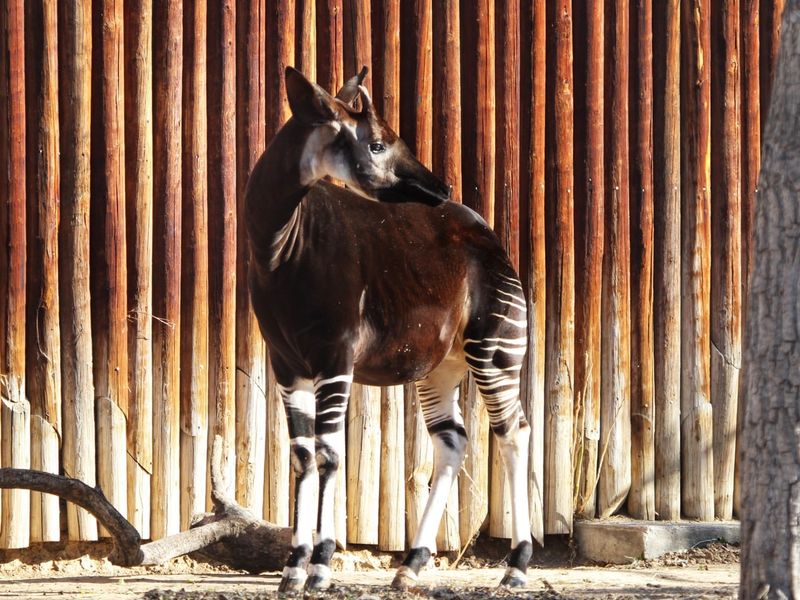
The okapi, often described as a cross between a zebra and a giraffe, resides in the dense rainforests of the Democratic Republic of the Congo. Despite its intriguing appearance, the okapi is a shy and elusive creature, making it difficult to study in the wild.
Deforestation and poaching are significant threats to its survival. Okapis play a crucial role in their ecosystem, aiding in seed dispersal and maintaining forest diversity. Conservation efforts focus on habitat protection and anti-poaching measures.
By supporting conservation programs and sustainable practices, we can help ensure the okapi continues to thrive in its leafy haven. Let’s not let this enigmatic creature slip through the cracks of extinction!

